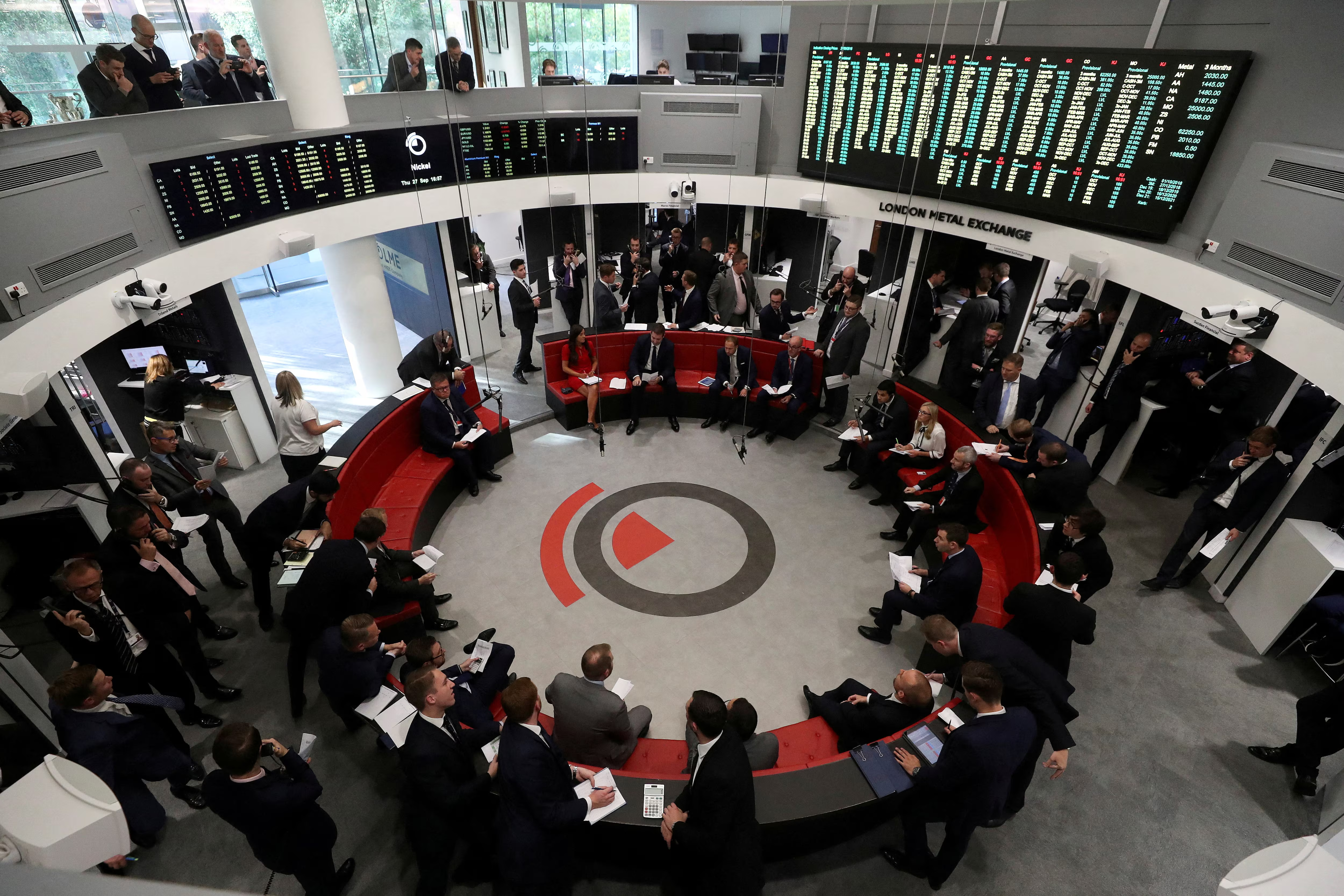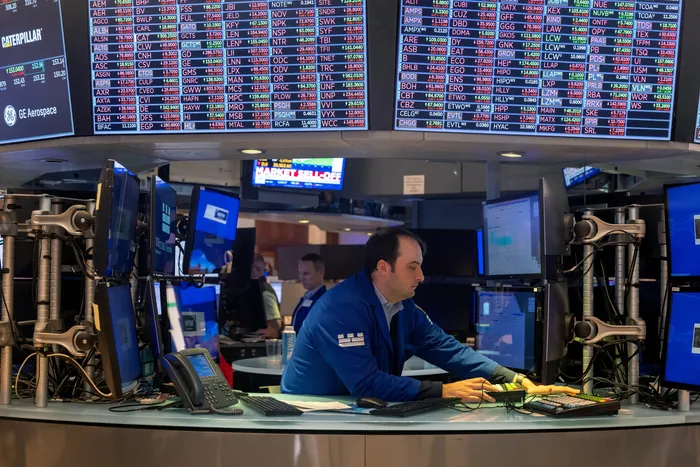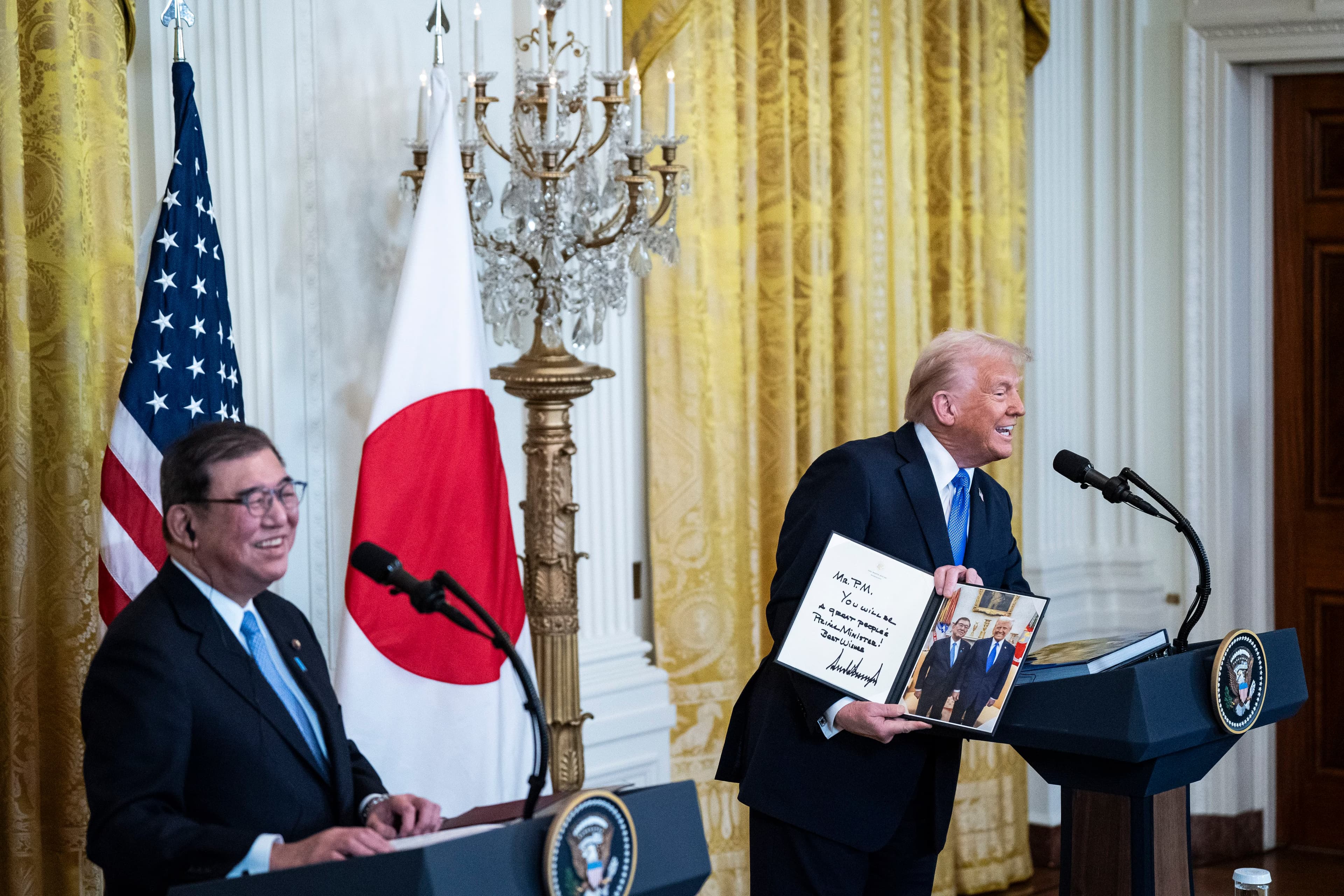On July 8, 2025, former President Donald Trump dropped a bombshell announcement that sent shockwaves through the markets and everyday American lives. He declared a staggering 50% tariff on copper imports, invoking national security concerns as a smokescreen for a policy that may end up harming more than helping. As reported by Reuters, this move has already driven copper prices to record highs, spiking by 17% in just one day, now reaching over $5.68 per pound. This is a clear signal that the administration is ramping up its trade war, but at what cost?
Tariff Announcement Triggers Market Turmoil
The immediate repercussions of Trump"s tariff announcement were dramatic. Copper futures surged on the COMEX exchange, leading to a rush among industries dependent on copper to stockpile supplies ahead of the impending tariff implementation. According to The New York Times, U.S. copper imports surged to about 881,000 tons in the first half of 2025, double the domestic consumption. This surge has created a surplus of 440,000 tons, raising questions about future price corrections. The chaos in the market highlights the precarious balance between national policy and real-world economic implications.
Manufacturers Brace for Rising Costs
Industries that rely heavily on copper, such as construction, renewable energy, and electronics, are already voicing their concerns. Increased copper prices could translate to higher costs for housing and infrastructure projects, further exacerbating the ongoing crisis of affordability in housing. As reported by The Washington Post, data center investors and electronics manufacturers are facing a perfect storm of rising expenses and supply chain disruptions that threaten to stall critical projects. This is not just a financial issue; it’s a matter of economic justice that will affect working-class families the hardest.
\n\n
Clear Street seeks to join London Metal Exchange"s open ...
Mining Companies Stand to Gain
While everyday consumers and manufacturers brace for impact, some American mining companies are reveling in the price hike. Freeport-McMoRan and Southern Copper Corporation are benefiting from the market volatility, as noted by Morgan Stanley"s recent ratings. This illustrates a troubling reality: the interests of a few corporations are being prioritized over the needs of the many. The mining industry is experiencing a renaissance, while American workers in other sectors may face layoffs and heightened economic insecurity.
Potential Exemptions Could Shift the Landscape
Internationally, there are murmurs that countries like Canada and Chile may receive exemptions from the tariff, which could alleviate some pressure on domestic prices. As reported by Fox Business, such exemptions could create a disparity between U.S. and global copper prices, complicating the already tense economic climate. This raises concerns about fairness in trade practices and the potential for favoritism that could skew the market in favor of certain foreign producers at the expense of U.S. jobs.
\n\n
Financial markets react amid fears of economic slowdown
Economic Implications Extend Beyond Copper
This tariff represents not just a strategic economic maneuver but a broader reflection of the administration"s approach to fiscal policy. It underscores the administration’s willingness to escalate trade tensions without a clear plan for mitigating the fallout on American workers and consumers. The ramifications of this decision will ripple through various sectors, impacting everything from housing affordability to renewable energy initiatives, potentially stalling progress on critical projects aimed at combating climate change. The economic justice implications of such policies cannot be overlooked, as they often prioritize corporate profits over the well-being of the working class. It is crucial to examine who benefits from such tariffs and at what cost to society.








